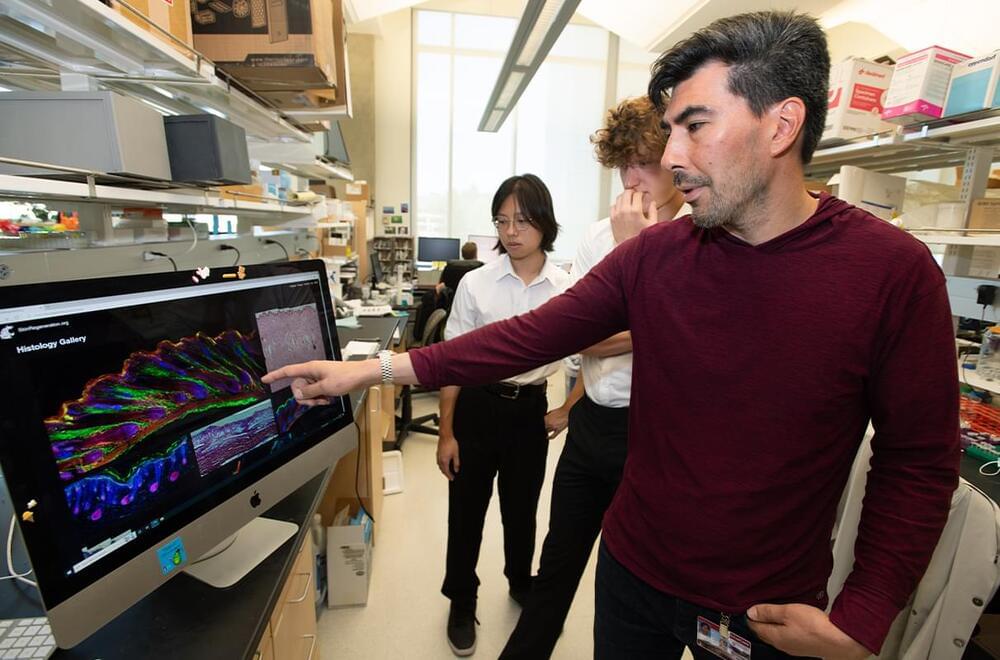Here’s a quick look at Maria Entraigues Abramson’s presentation at RAADfest 2023 in California. Our Director of Develpoment gives an overview of SRF’s work and misison. You can watch the full presentation by renting the video program for the full event from the Coalition for Radical Life Extension here: https://vimeo.com/ondemand/raadfest2023/
In her full presentation, she highlights that adopting a better lifestyle to enhance our health is always a good idea and we should all do this. She personally advocates for everyone to utilize all scientifically supported resources to achieve optimized health. However, she reminds the audience that the mission of SRF is not about lifestyle changes but to transform the aging process completely, aiming to significantly extend our healthspan by repairing our bodies at a cellular level. SRF’s damage-repair approach will lead to a much longer and healthier lifespan—a feat not yet accomplished, regardless of the excellent care we may take of ourselves through lifestyle changes, supplement intake, etc.
She also underscores the importance of SRF’s work being on applied research, with the explicit goal to translate their science into therapies for everyone.


